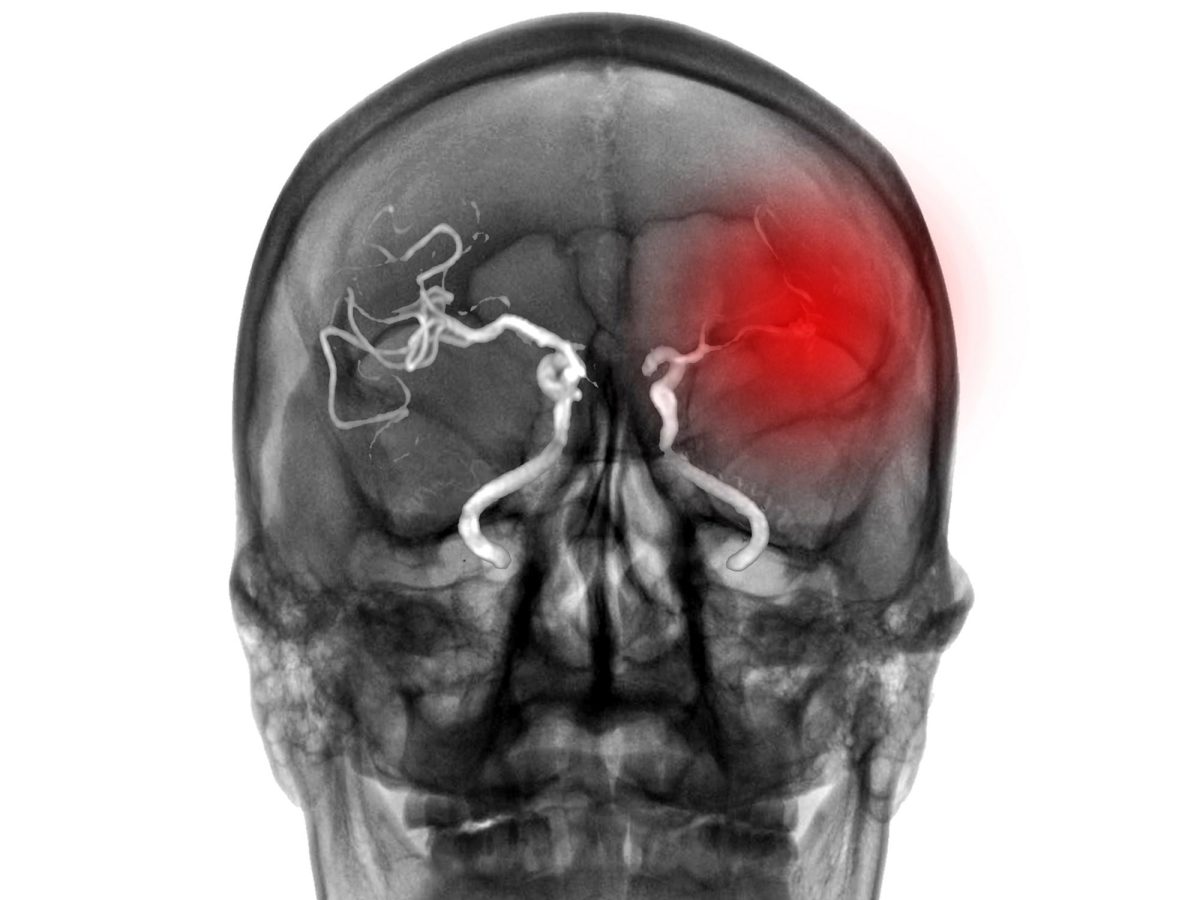A new study found that young adults who drink moderate to heavy amounts of alcohol may be more likely to have a stroke.
According to new research, people in their 20s and 30s who drink moderate to heavy amounts of alcohol may be more likely to have a stroke as young adults than people who drink low amounts or no alcohol. The more years people reported moderate or heavy drinking, the more the risk of stroke increased. The study was published in the November 2, 2022, online issue of Neurology, the medical journal of the American Academy of Neurology.
“The rate of stroke among young adults has been increasing over the last few decades, and stroke in young adults causes death and serious disability,” said study author Eue-Keun Choi, MD, PhD, of Seoul National University in the Republic of Korea. “If we could prevent stroke in young adults by reducing alcohol consumption, that could potentially have a substantial impact on the health of individuals and the overall burden of stroke on society.”
The study looked at records from a Korean national health database for people in their 20s and 30s who had four annual health exams. They were followed for an average of six years and were asked about alcohol consumption each year.
They were asked the number of days per week they drank alcohol and the number of standard drinks per time. People who drank 105 grams or more per week were considered moderate or heavy drinkers. This is equal to 15 grams per day, or slightly more than one drink per day. A standard drink in the United States contains about 14 grams of alcohol, which is equivalent to 12 ounces of beer, five ounces of wine, or 1.5 ounces of liquor.
More than 1.5 million people were included in the study. A total of 3,153 had a stroke during the study.
People who were moderate to heavy drinkers for two or more years of the study were about 20% more likely to have a stroke than people who were light drinkers or did not drink alcohol. Light drinkers were those who drank less than 105 grams per week, or less than 15 grams per day.
As the number of years of moderate to heavy drinking increased, so did the risk of stroke. People with two years of moderate to heavy drinking had a 19% increased risk, people with three years had a 22% increased risk, and people with four years had a 23% increased risk. These results were after researchers accounted for other factors that could affect the risk of stroke, such as high blood pressure, smoking, and body mass index.
The association was mainly due to an increased risk of hemorrhagic stroke, or stroke caused by bleeding in the brain.
For any type of stroke, people with four years of moderate to heavy drinking had a stroke rate of 0.51 per 1,000 person-years, compared to 0.48 for three years of drinking, 0.43 for two years, 0.37 for one year and 0.31 for none. Person-years represent both the number of people in the study and the amount of time each person spends in the study.
“Since more than 90% of the burden of stroke overall can be attributed to potentially modifiable risk factors, including alcohol consumption, and since stroke in young adults severely impacts both the individual and society by limiting their activities during their most productive years, reducing alcohol consumption should be emphasized in young adults with heavy drinking habits as part of any strategy to prevent stroke,” Choi said.
A limitation of the study was that only Korean people were included, so the results may not apply to people of other races and ethnicities. In addition, people filled out questionnaires about their alcohol consumption, so they may not have remembered correctly.
Reference: “Cumulative Alcohol Consumption Burden and the Risk of Stroke in Young Adults: A Nationwide Population-Based Study” by Jae-wook Chung, So-Ryoung Lee, Eue-Keun Choi, Sang-Hyeon Park, HuiJin Lee, JungMin Choi, Minju Han, Hyo-Jeong Ahn, Soonil Kwon, SeungWoo Lee, Kyungdo Han, Sunhwa Kim, Seil Oh and Gregory Y H Lip, 2 November 2022, Neurology.
DOI: 10.1212/WNL.0000000000201473
The study was supported by the Korea Medical Device Development Fund and the Korea National Research Foundation.
Share your story or advertise with us: Whatsapp: +2347068606071 Email: info@newspotng.com














 NEWSPOT NIGERIA DAILY PULSE
NEWSPOT NIGERIA DAILY PULSE  May 07, 2025
May 07, 2025


